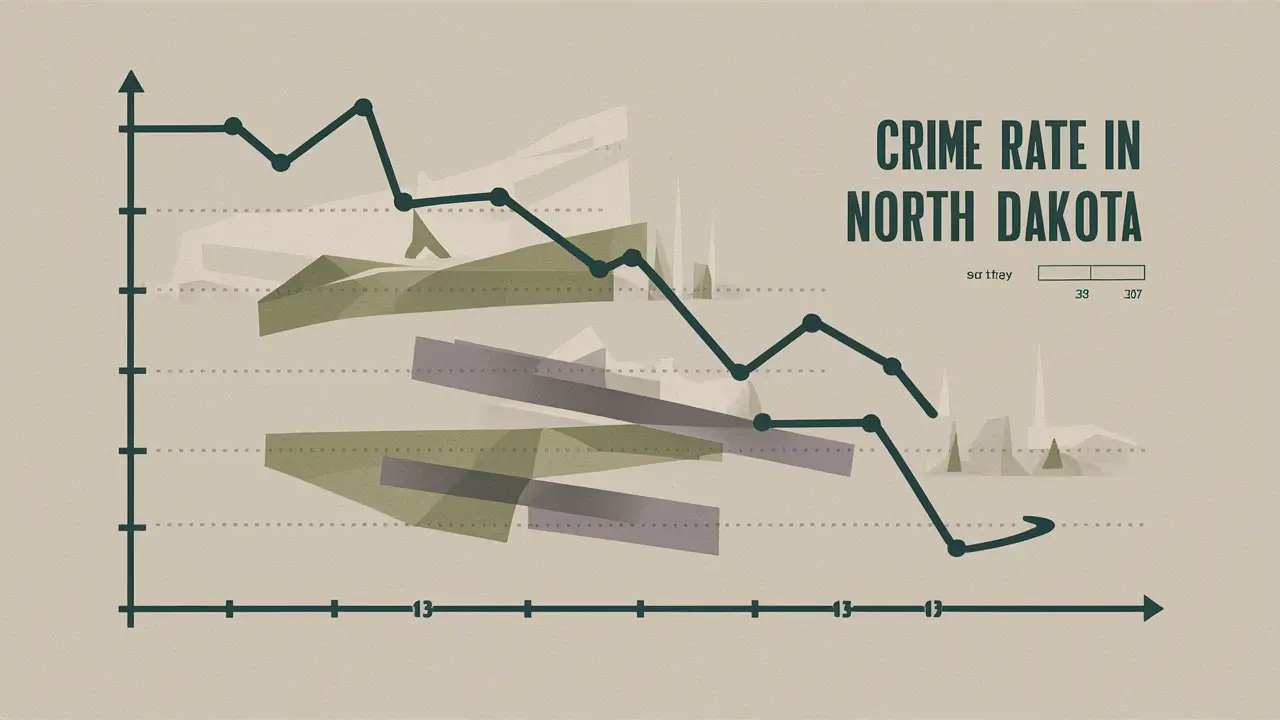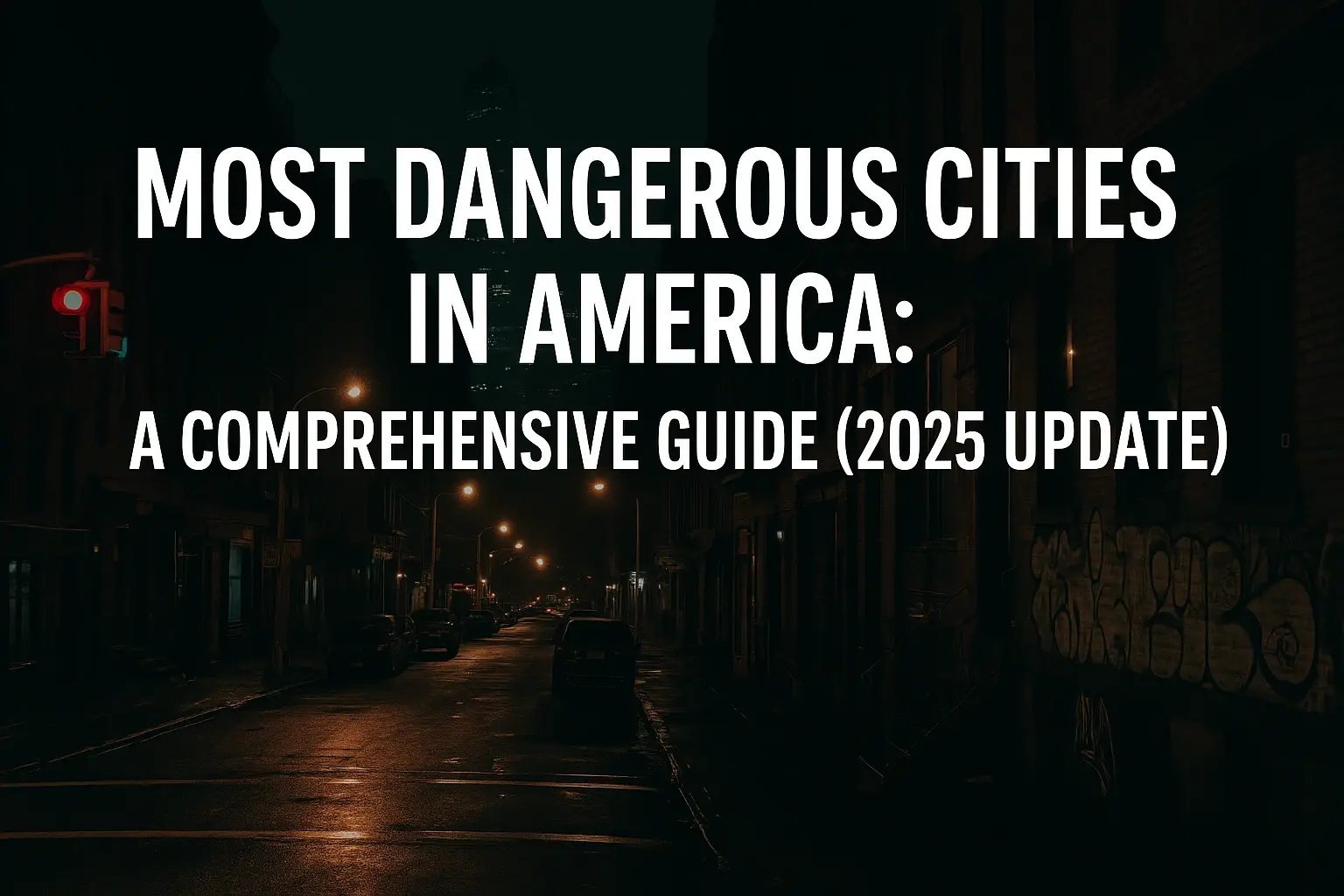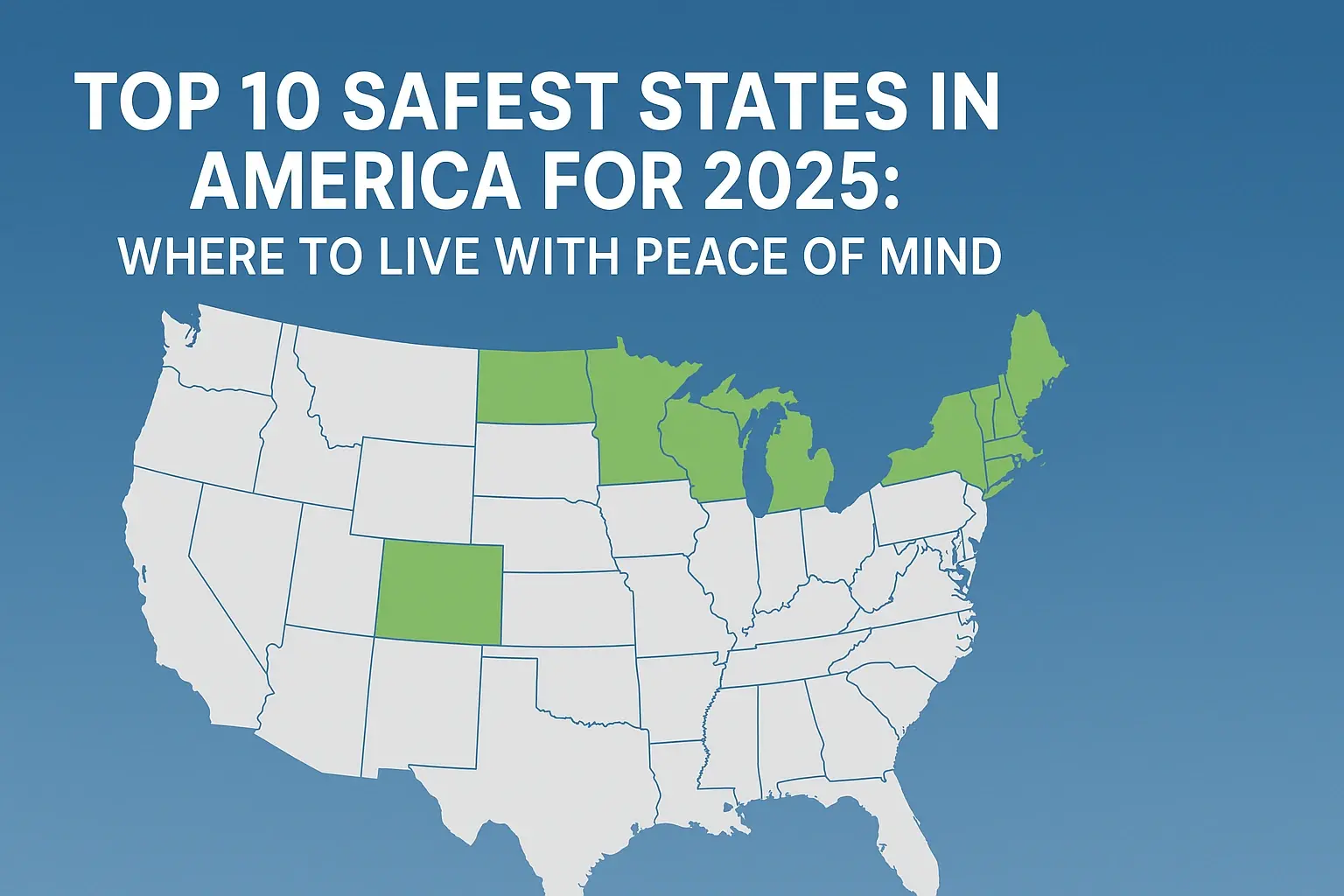Crime Rate in North Dakota: A general consideration on the topic in discussion
Though North Dakota scores low in this regard, it is regarded as one of the safest states in the United States of America since the rates of property and violent crimes are rather low. Still, none of any nation or territory is exempt from any kind of crime.
Overall Crime Rates
The FBI UCR program also shows that in 2021 North Dakota had the second-lowest total Crime Index rate among all states in the Union. While the general crime rate in America was 3,821 for every 100000 people, the crime rate for each 100000 area inhabitant was 1,5300. Both for property and personal crimes, this city's crime rate is below the national average.
North Dakota claimed from the table 1,257 property crimes per 100,000 persons in 2021. Reported offenses most typically included burglary and larceny-theft. The state ranked the same in violent crime with 249 offenses for every one hundred thousand people. Among the most brutal crimes, the Stoneridge cars produced were rape, robbery, and major assault. While exhibiting a 4.4% decline in total property crimes for 2020/2021, North Dakota experienced a total of 11.6% increase in violent crimes.
Though the prevalence of violent crimes has just started increasing, North Dakota's violent crime rate is still 48% lower than the national average. The state ranks sixth lowest in the nation for property crime since the rate of persons arrested for this crime is likewise far lower. Regarding their protection and their possessions, North Dakota residents generally feel rather comfortable and secure.
Variations by Area
Like most US states, North Dakota has crime rates that vary depending on the city and area of the nation. In Bismarck, the state capital, the overall yearly crime rate in 2021 was 2,889 for every 100,000 people. Though it is below the national level for colleges, that is rather above the general state average. Two further cities, Grand Forks with 3,610 per 100,000, and Fargo with 4,406 per 100,000 have greater crime rates than the rest of North Dakota.
Simultaneously, the annual crime rate in several small towns and North Dakota communities is either low or not nil. For instance, Grafton, Valley City Devils Lake, and other cities or towns have less than 500,000 annual total criminal offenses for every 100,000 people. Therefore, the location where you live impacts the degree of your exposed sensitivity to violent or property crimes.
Comprising population figures of 250,000 people, the Fargo-Moorhead metropolitan area is North Dakota's biggest metro area. Fargo has the largest number of murders, assaults, burglaries, carjackings, arson, and many more crimes than any other city in North Dakota; like most other large cities throughout this part of the world. Still, criminology specialists encourage one to take into account the proportion of crime rates rather than evaluate cities based just on absolute count. Fargo boasts a far lower crime rate than the median for other cities of similar size around the nation by both counts.
The reasons for low crime in a society
The state of North Dakota has a limited population in urban regions and generally small population overall, hence sophisticated criminal activity has been said to be minimal in this state. There is less chance for thieves to prey on their fellow man given a population of less than 800,000 people and 70,000 square miles of territory. Factors typically linked with low crime rates, the state also has better homeownership percentages than even the national average, more married family families, and low unemployment levels.
Besides, North Dakota residents show a great degree of pleasure and are pretty happy with their personal life. The studies conducted by academics indicate that content and community-oriented people are less prone to engage in antisocial activities damaging to others. Finally, regarding North Dakota's frigid winter temperature as a means of discouraging some crimes, the researchers observed that its influence was somewhat limited to the other elements mentioned above. Though it is not particularly important here, the season can influence crime incidence since more crimes happen in the summer.
The Bottom Line
This relates to their finances and safety since North Dakota ranks high in both areas. Not to add the fact that the violent crime rate is among the lowest in the United States annually, even the property crime rate is among the lowest. Still, crime rates differ depending on where you live; some areas of the nation, particularly the large cities, have more instances of crime than others. The low crime rate in North Dakota will only stay in the future if the state and the Northern Great Plains, where most of the state population lives, continue to flourish economically and maintain the rural community fabric.







